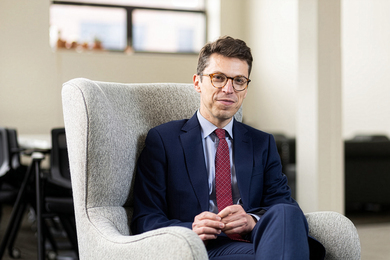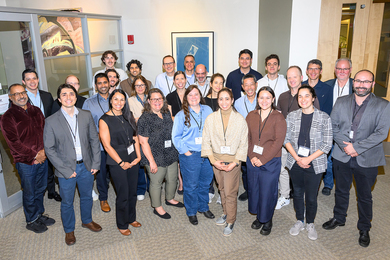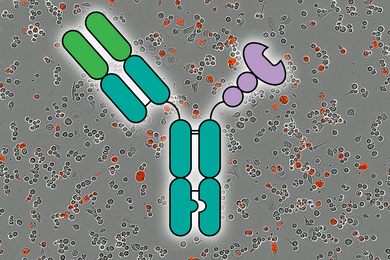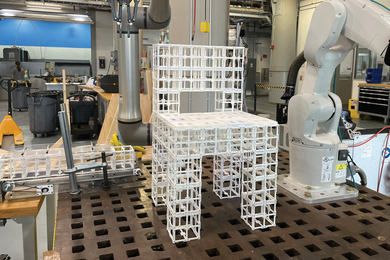Several members of the MIT community are involved in events in Washington, DC, to expand the public's knowledge of plasma, the state of matter that makes up the majority of the visible universe.
On April 2 and 3, more than 1,600 teachers and students are expected to attend the Plasma Science Expo at George Washington University. There they will meet plasma science experts and visit hands-on displays. Parents and the general public have also been invited. In addition, a Science Teachers Day on plasma held March 10 at the university featured a luncheon talk by US Rep. Vernon Ehlers (R-MI), House Science Committee vice chairman.
"While most students can name three states of matter&emdash;solid, liquid and gas - few are aware that a fourth state - plasma - exists," said Toby Smith, acting chairman of the Coalition for Plasma Science (CPS) and assistant director of the MIT Washington Office. A plasma is a collection of electrically charged particles. Just like solids, liquids and gases, plasmas have their own unique qualities.
"Plasmas are all around us," Mr. Smith said. "They light up our offices and homes, make our computers and electronic equipment work, drive lasers and particle accelerators, help clean up the environment and more. Some day they may drive spaceships and heat our homes.
"By sharing our knowledge and enthusiasm for the important and exciting field of plasma research, we hope to spark the interest of the scientists of tomorrow."
In addition to Mr. Smith, MIT people involved in the Expo are:
- Paul R. Rivenberg, public relations and outreach coordinator for the MIT Plasma Science and Fusion Center (PSFC), who will present the "C-Mod, Jr., Video Game." The game helps show students how magnets are used to confine a plasma.
- Paul Thomas, also known as "Mr. Magnet," a PSFC sponsored research technical supervisor, who will demonstrate how magnets can be used to crush cans and levitate a frying pan.
- Sanjay Gangadhara, a graduate student in the Department of Nuclear Engineering, who will man the "plasma demo," a glow discharge tube that allows participants to manipulate a glowing plasma with a magnet.
- Richard J. Temkin, associate director of the PSFC, who has been involved in many aspects of the Expo.
During the Science Teachers Day, more than 120 middle-school and high-school science teachers learned about recent applications of plasma physics to space science and energy research, including a worldwide effort to develop fusion energy. In-depth workshops on how to teach plasma science were also offered, complete with classroom materials. Mr. Smith and Mr. Rivenberg helped plan the event.
The Coalition for Plasma Science is composed of companies, universities, associations and individuals whose goal is to attract more interest to plasma science among academics, school-age talent, the media and policy makers. MIT is a CPS member.
A version of this article appeared in MIT Tech Talk on April 1, 1998.





